How to Wash a Bicycle
This article will discuss how to wash a bike, including the frame, drivetrain and wheels. Cleaning the bicycle makes it look great, last longer, and improves performance.
Getting Started
- Bicycle Cleaning Brush Set: BCB-4.2 or BCB-5
- Repair Stand, holds bike secure for easy work.
- Chain Scrubber: CM-5.3 or CM-25
- Degreasing solvent: CB-4 Bio ChainBrite™
- Chain lubricant such as CL-1.2
- Dummy Hub: DH-1
- Rags and sponges
- Buckets: at least 2
- Soap: a quality dish washing soap is acceptable
- Water hose (optional)
Washing a bike is a messy job. Begin by changing to clothes that fit the job, and putting on an apron such as the SA-1 or SA-3. Next, find a work area that is appropriate. Gather together all the materials for cleaning. See list above.
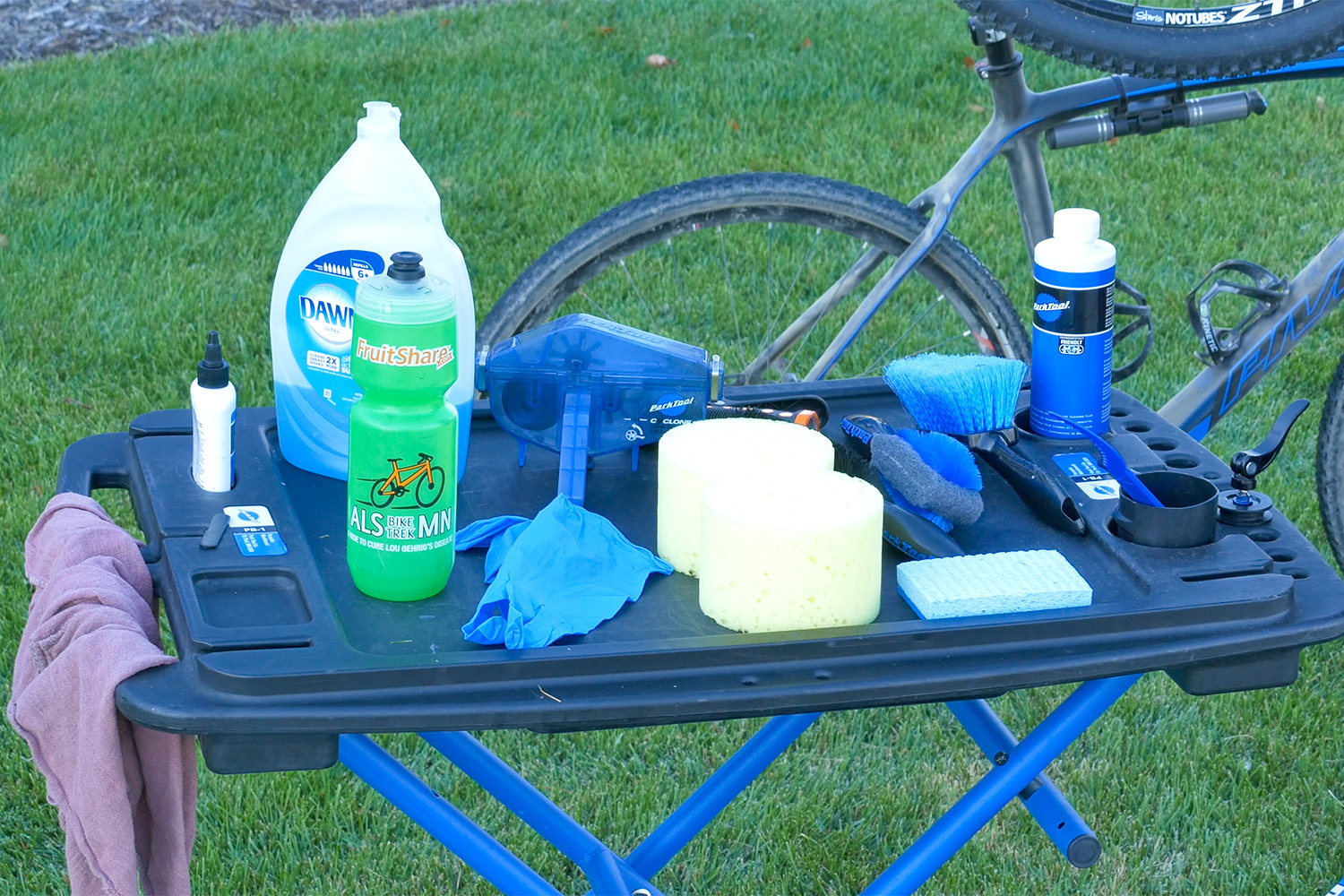
Fill the buckets with hot water. Just like when washing dishes, warm water cleans better. Use a biodegradable dishwashing liquid or similar soap, and mix it in one of the buckets.
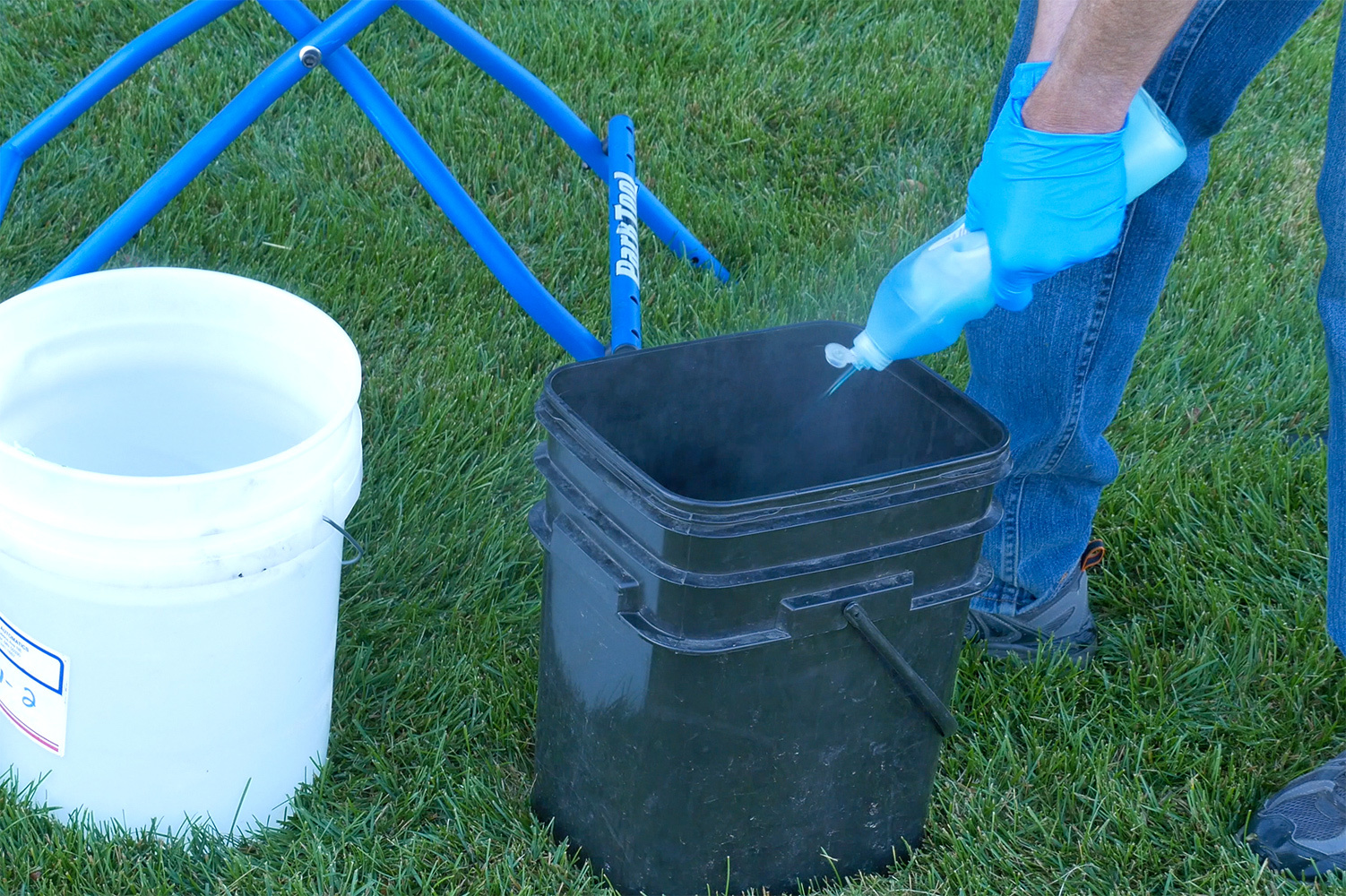
If the bike is to be clamped, scrub inside the jaws holding the bike. Also wash area you will be clamping. The jaws will not scratch, but if there is dirt between the jaw and the paint, it may mar the finish.
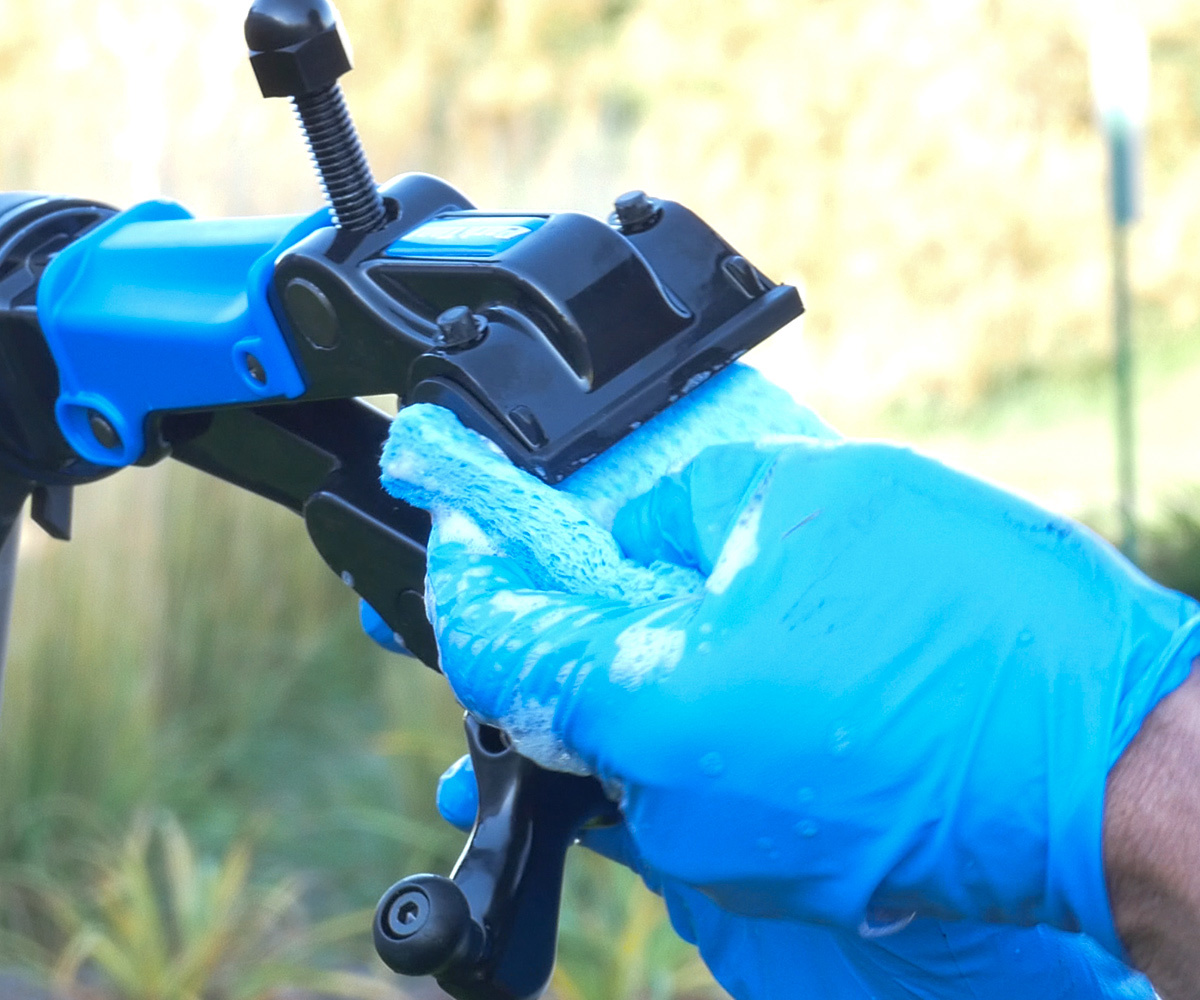
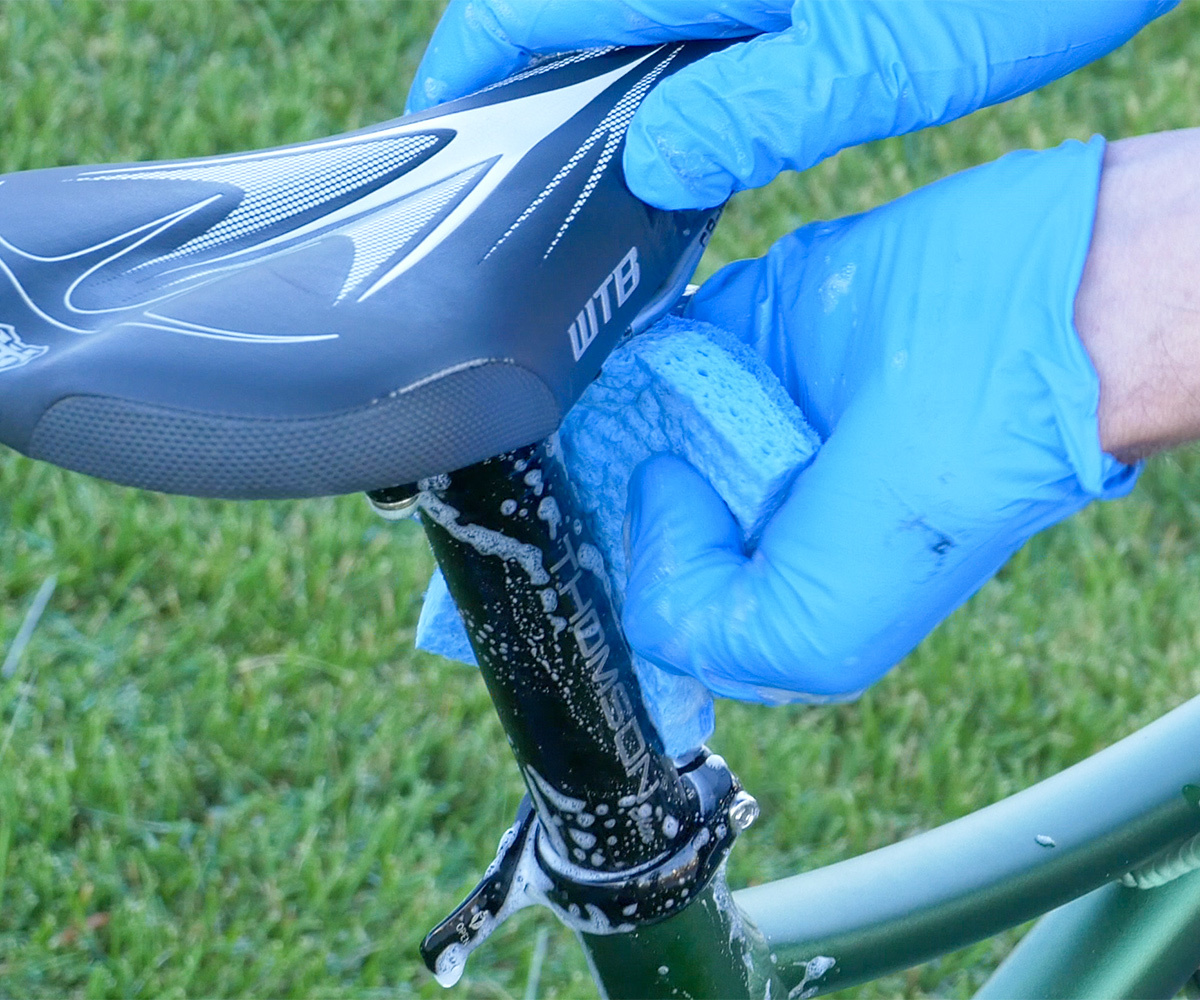
If practical, remove the wheels from the frame. This will facilitate a more efficient cleaning of both the wheels and the frame. Install a dummy hub such as the DH-1 to allow for easy chain cleaning.
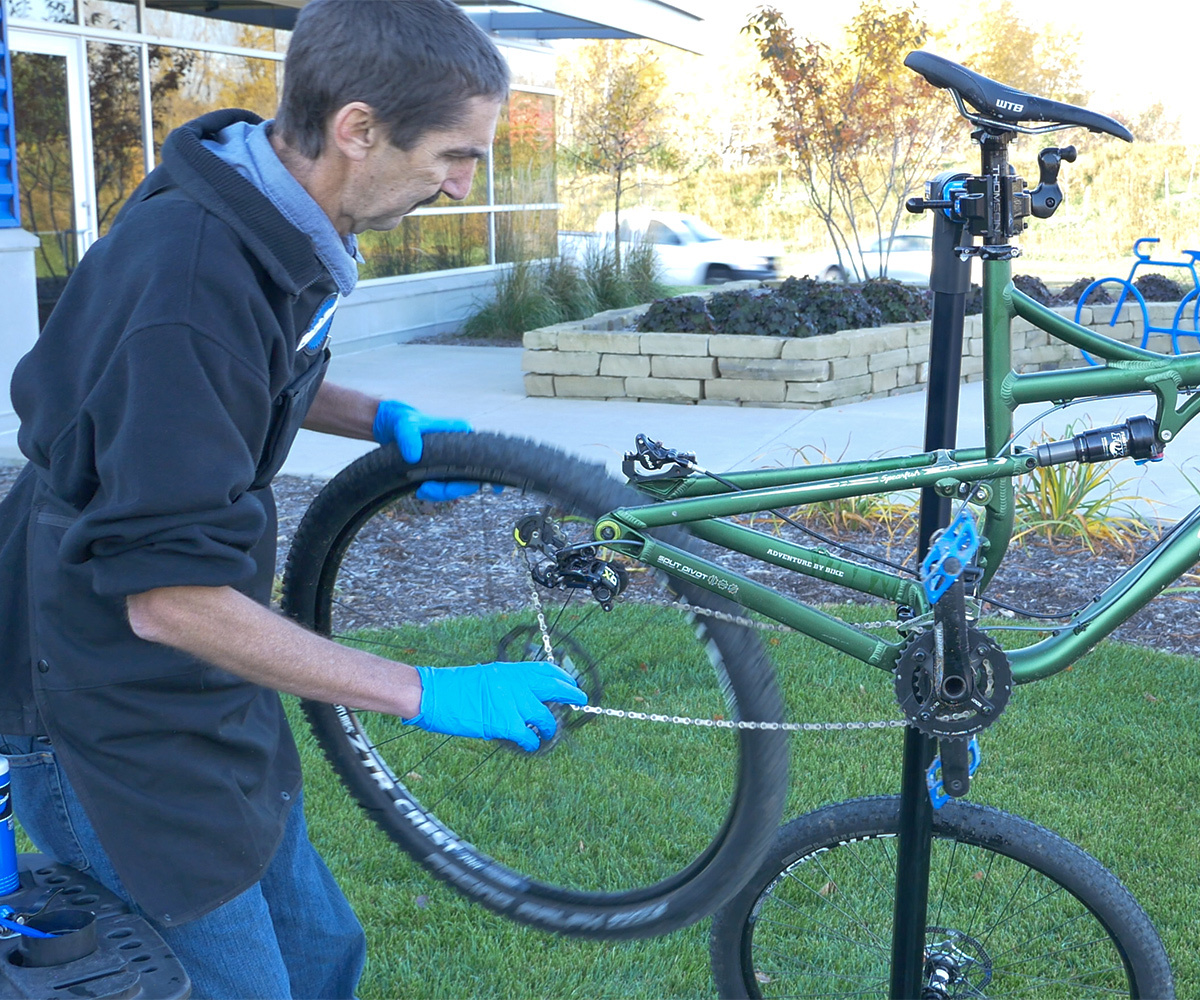
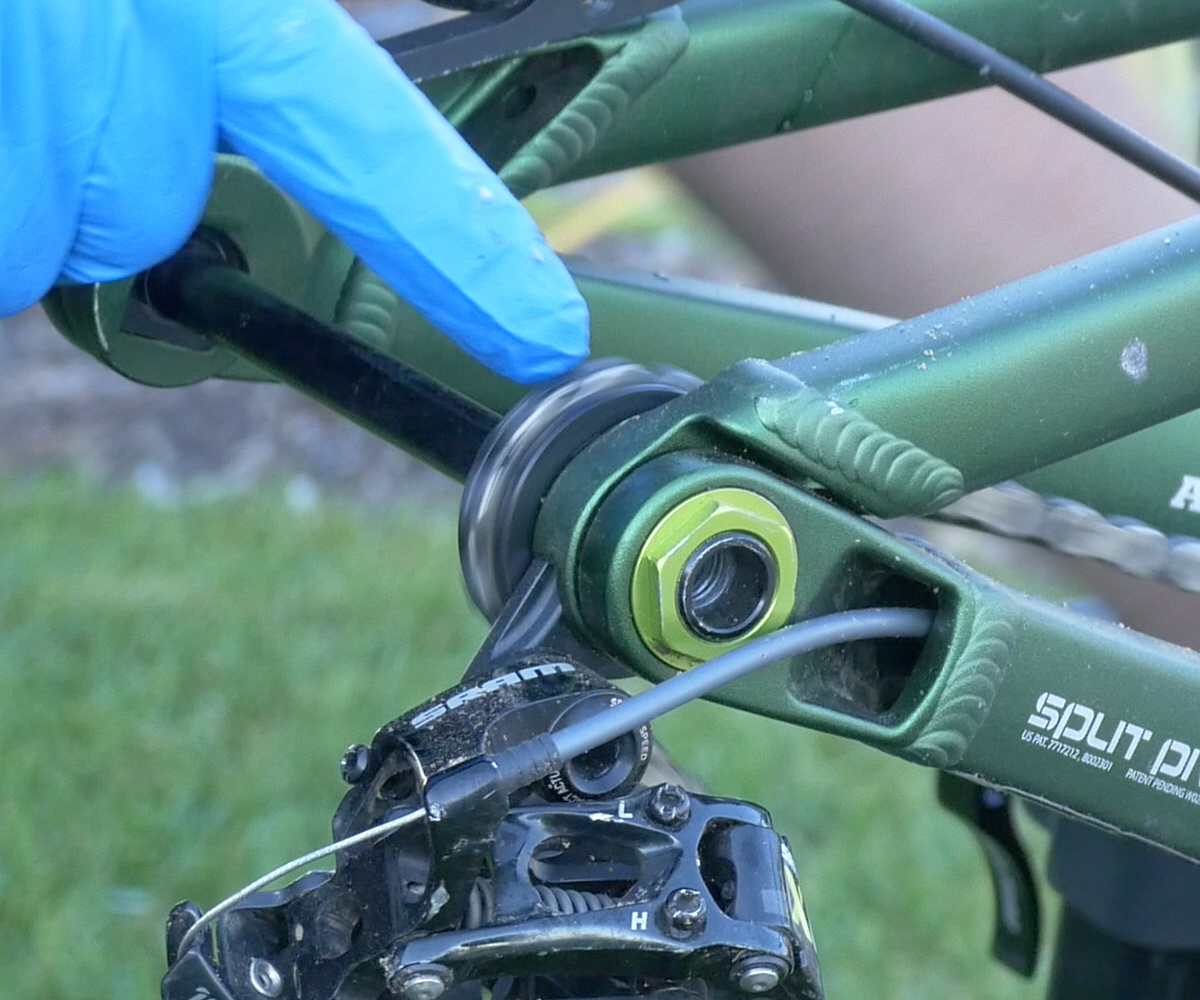
Drivetrain
Begin by cleaning the dirtiest items first, which is typically the chain and drivetrain. Use a chain cleaner such as the Park Tool CM-5.3 Cyclone™ Chain Scrubber.
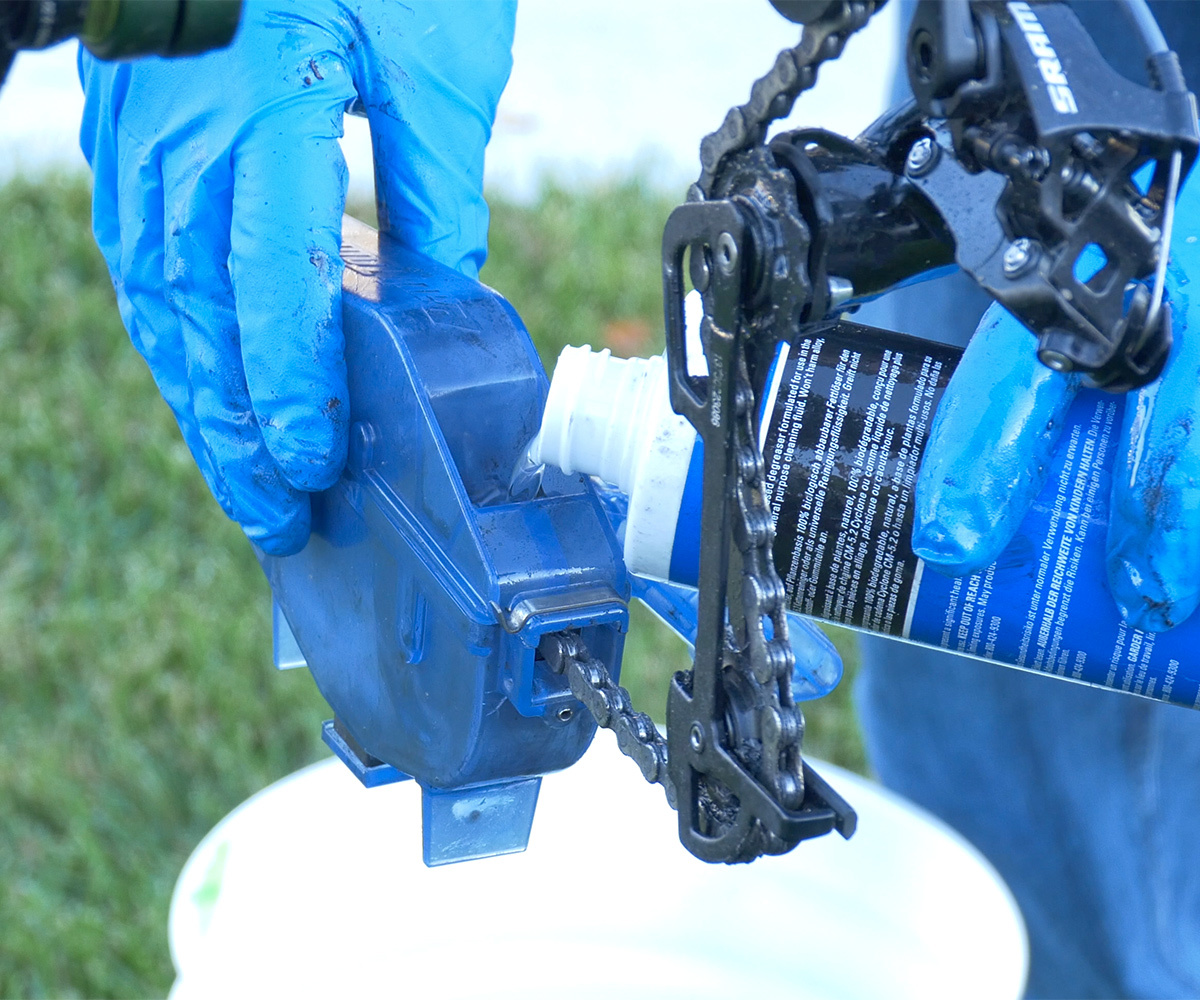
Fill with solvent such as CB-4
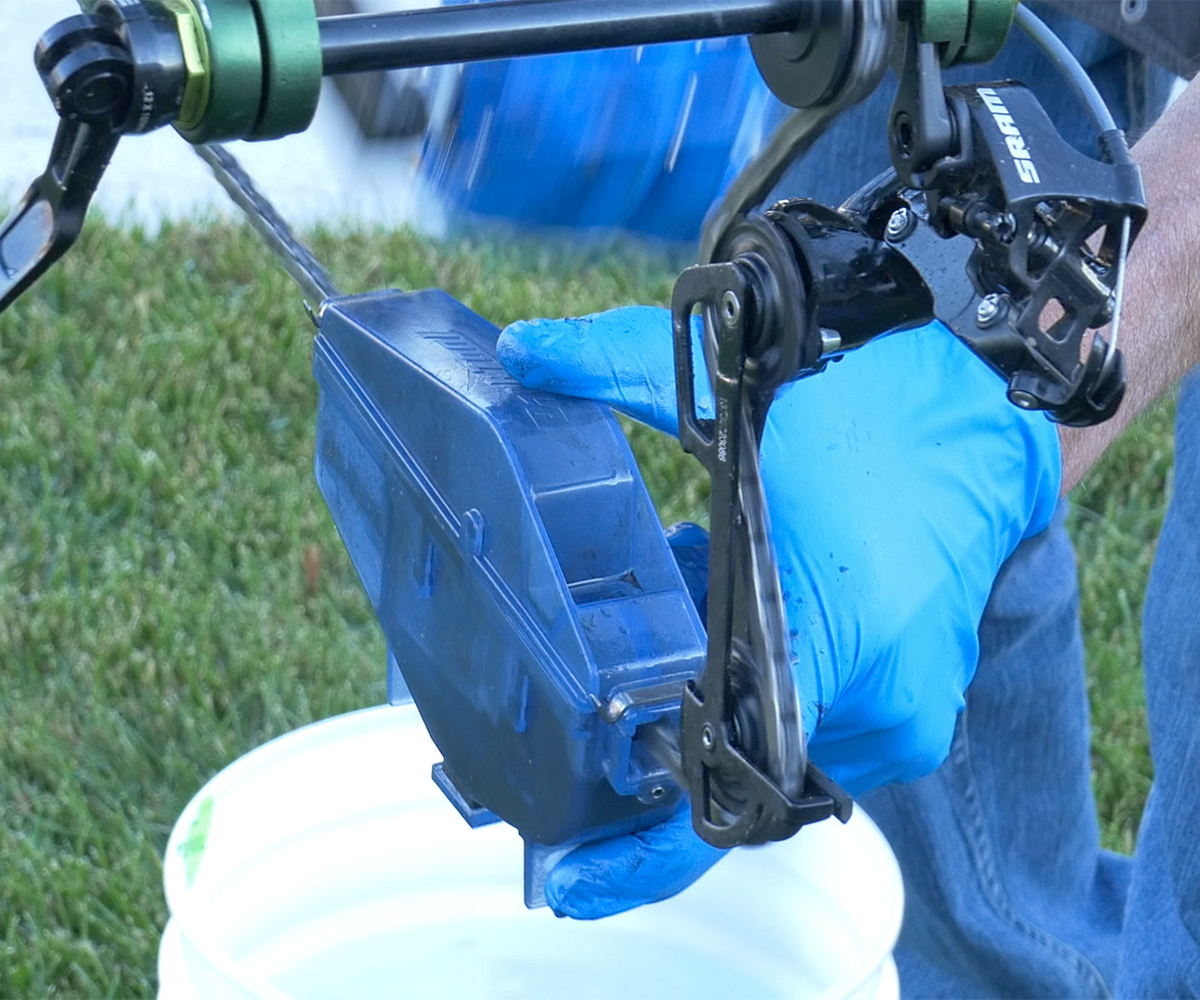
Pedal backwards to run chain through chain cleaner
Use a gear brush such as the GSC-1 or GSC-4 and solvent such as CB-4 Bio ChainBrite™ to clean the derailleur pulley wheel, derailleur cage, and chainrings.
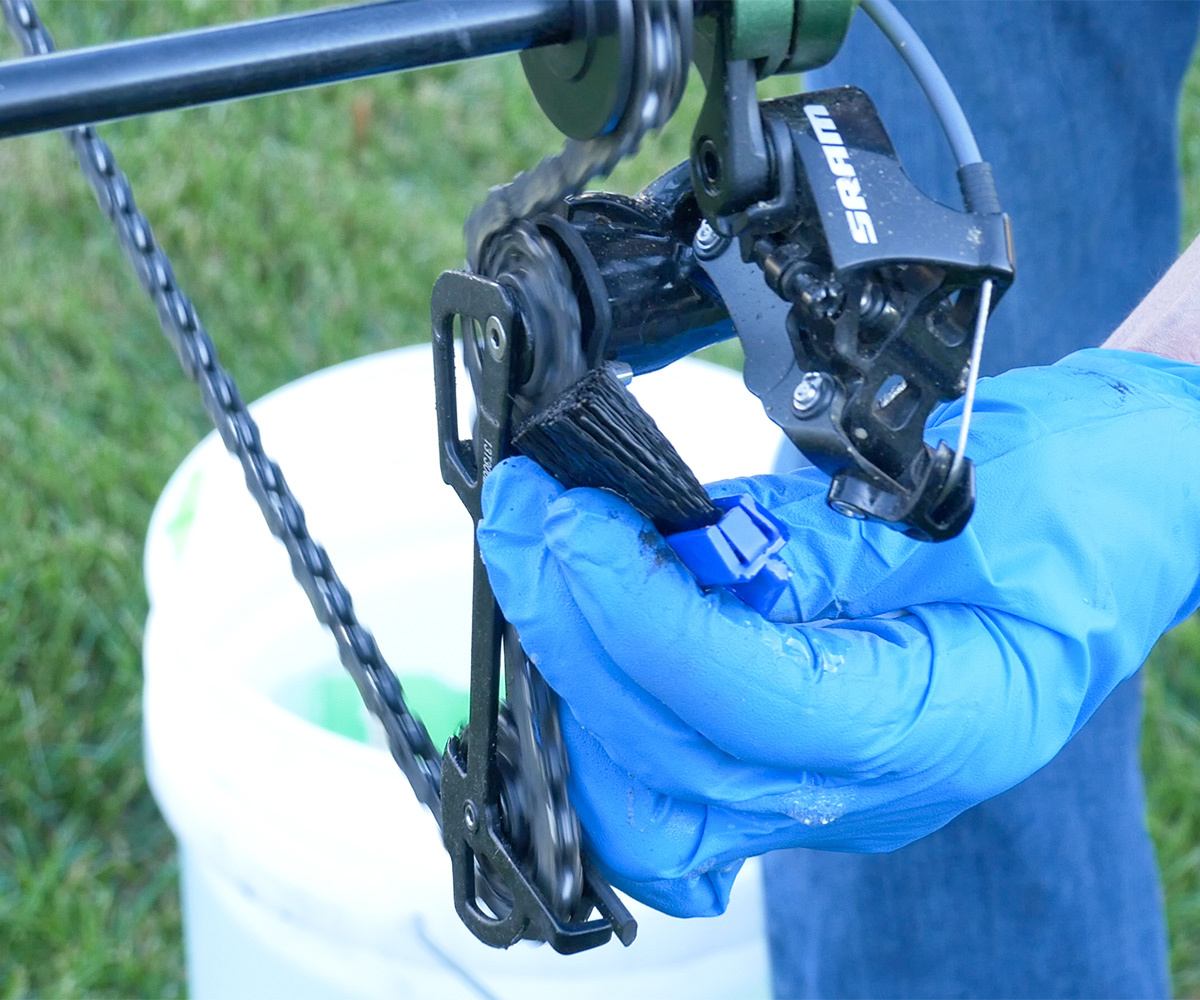
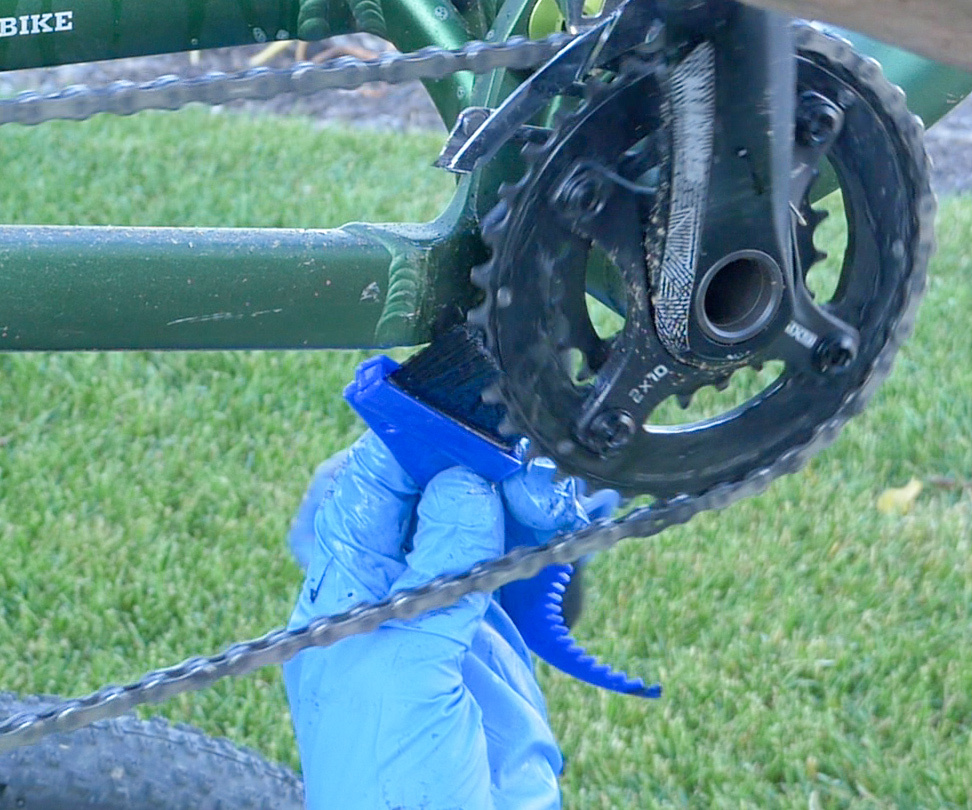
After scrubbing the chain with the CM-5.2, empty the CM-5.2 and fill it with soapy water. Using two different types of solvents, a degreaser and a soap, is very effective at cleaning the chain and removing grit.
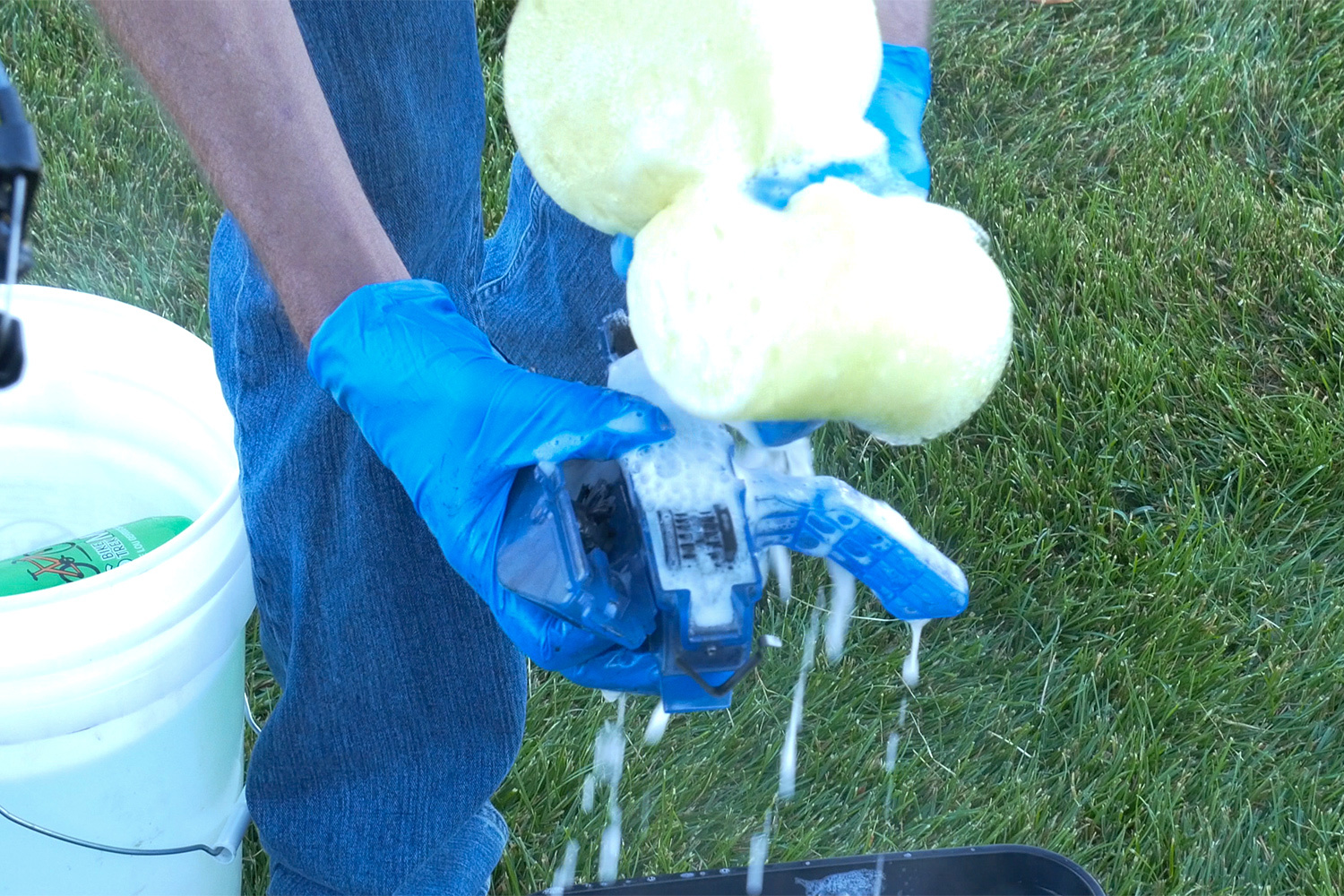
Frame & Components
Use the large soft bristle brush with soapy water to clean the tubing. Use the tapered detail brush to clean tight spots such as behind the bottom bracket, derailleur and even under the saddle.

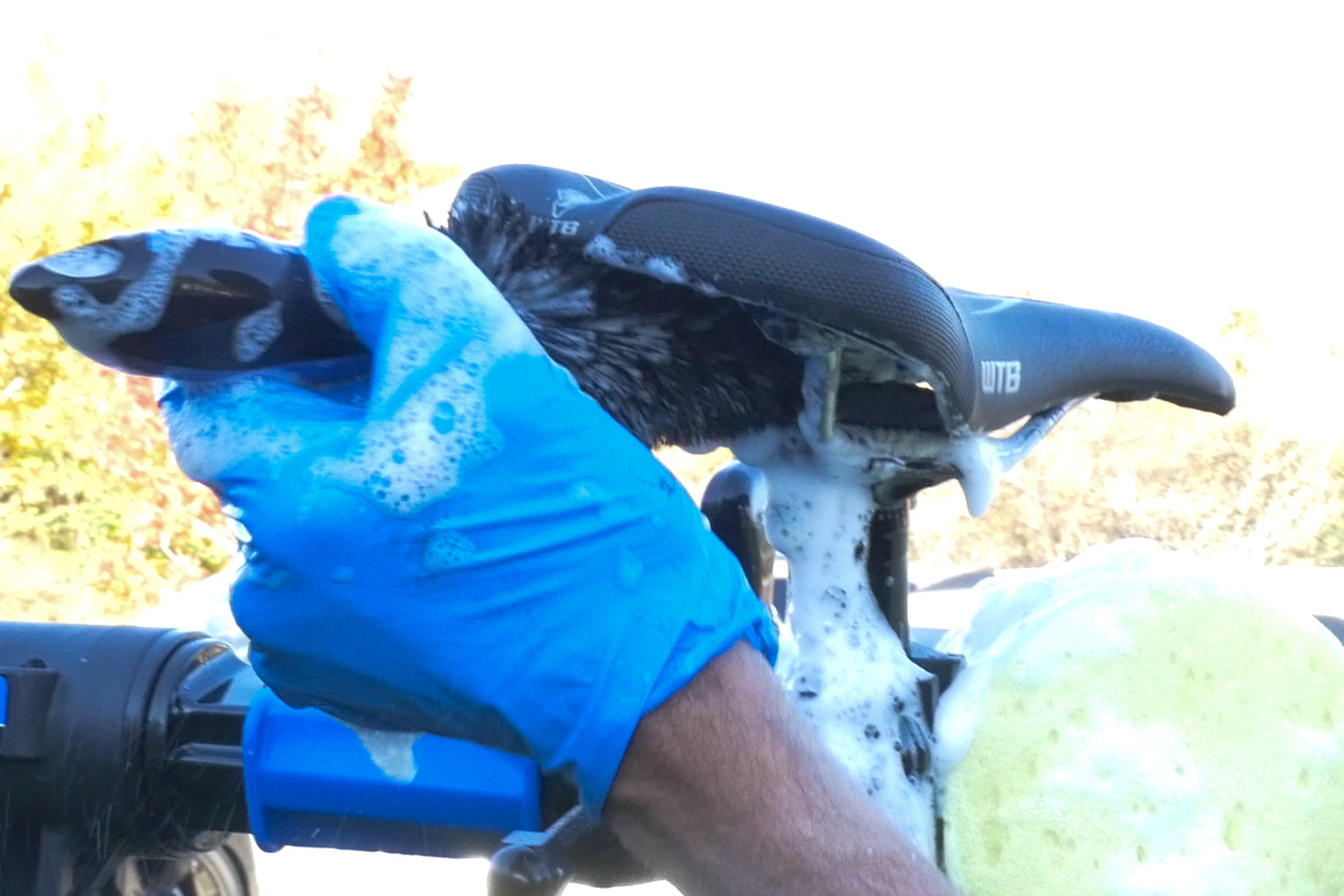
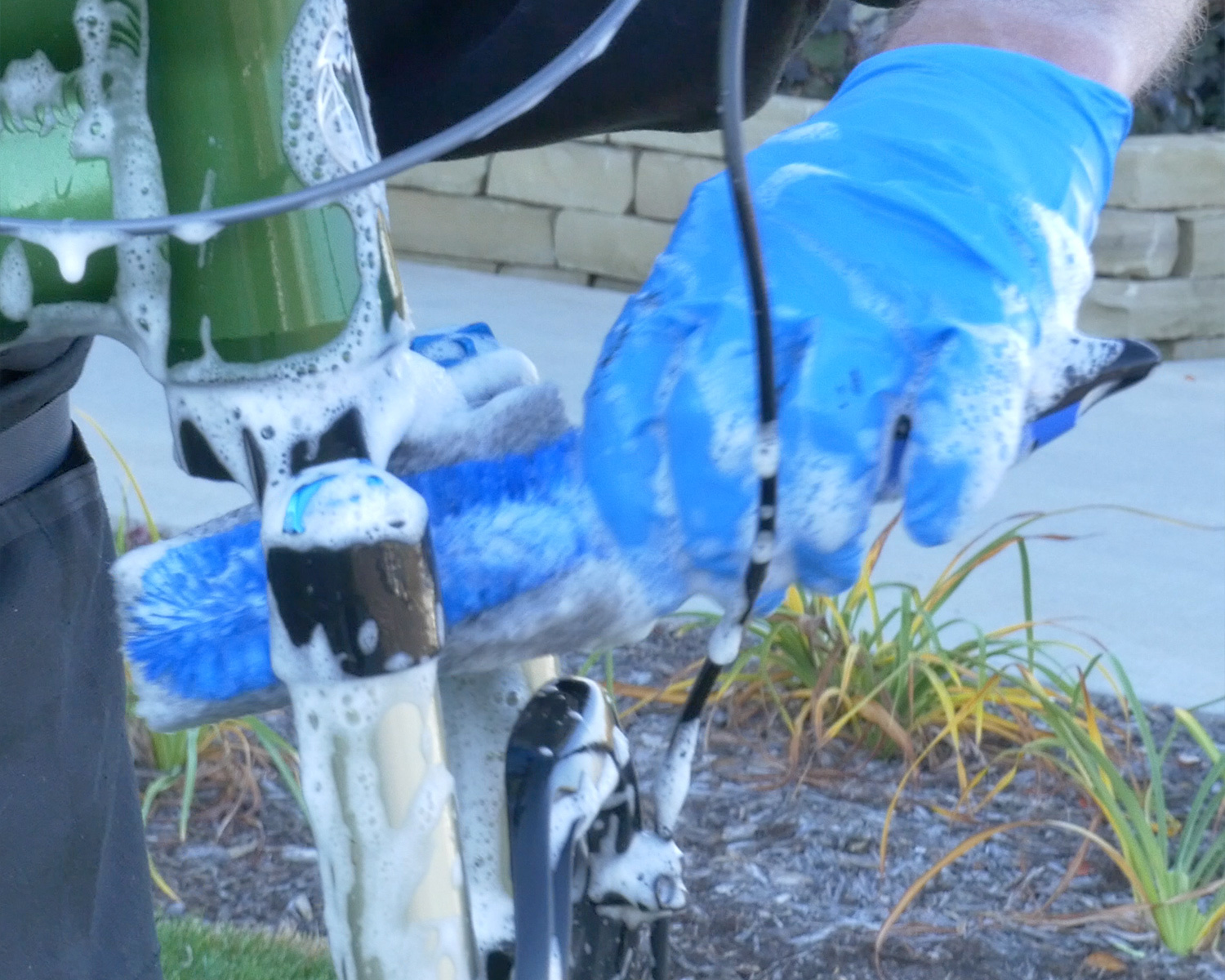
A water bottle can be useful for rinsing. If you are using a hose, use only low pressure with a wide spray.
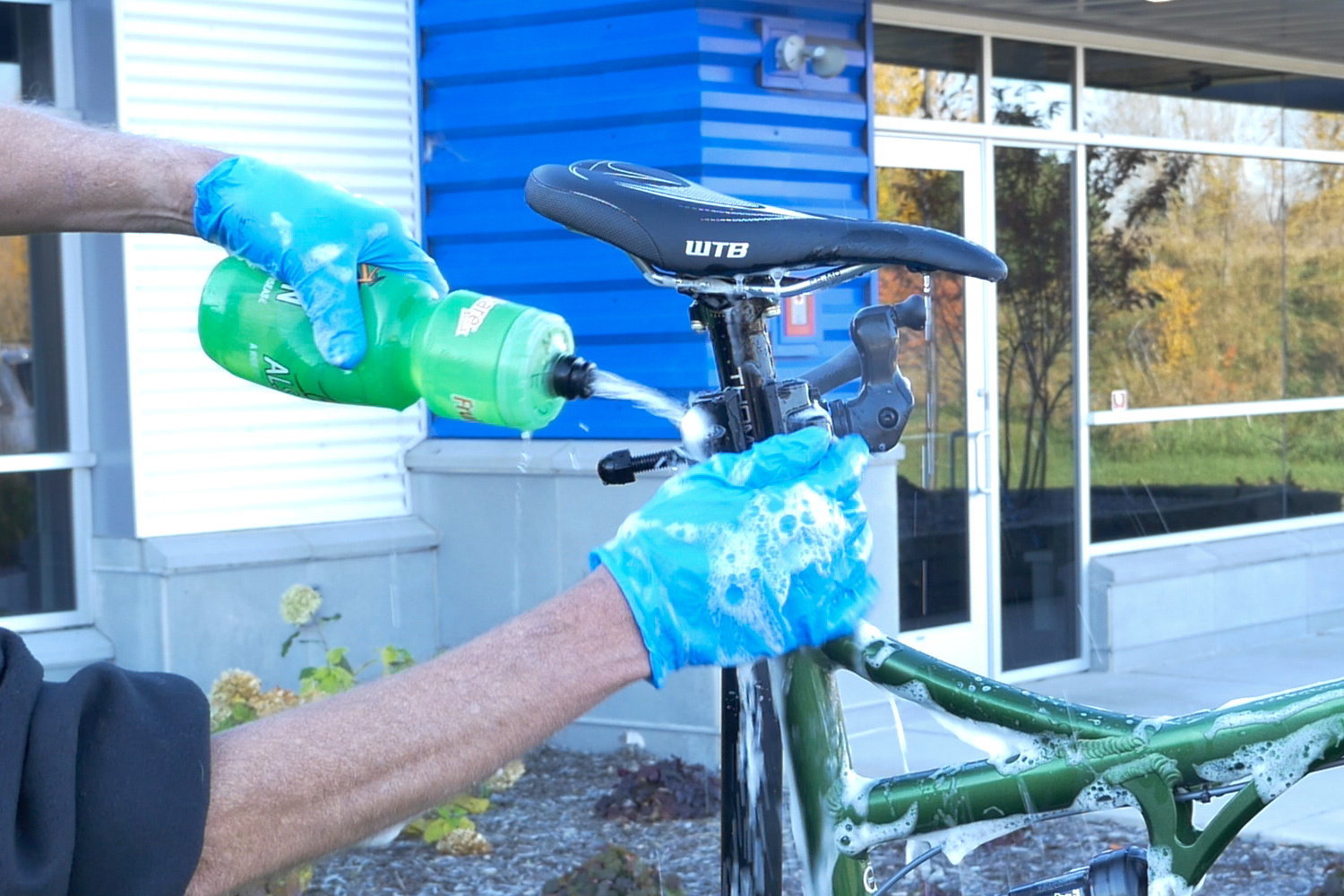
Allow the bike to dry after rinsing. Use compressed air if available, but do not blast bearings directly. Use a light lubricant such as CL-1.2 on the chain, pulley wheels, cables, and pivots points. After the bike is washed, take the time to rinse off the brushes and clean the repair stand.
Wheels
Scrape out larger debris such as grass, dirt, and grime from between the gears with the toothed end of the GSC-1.
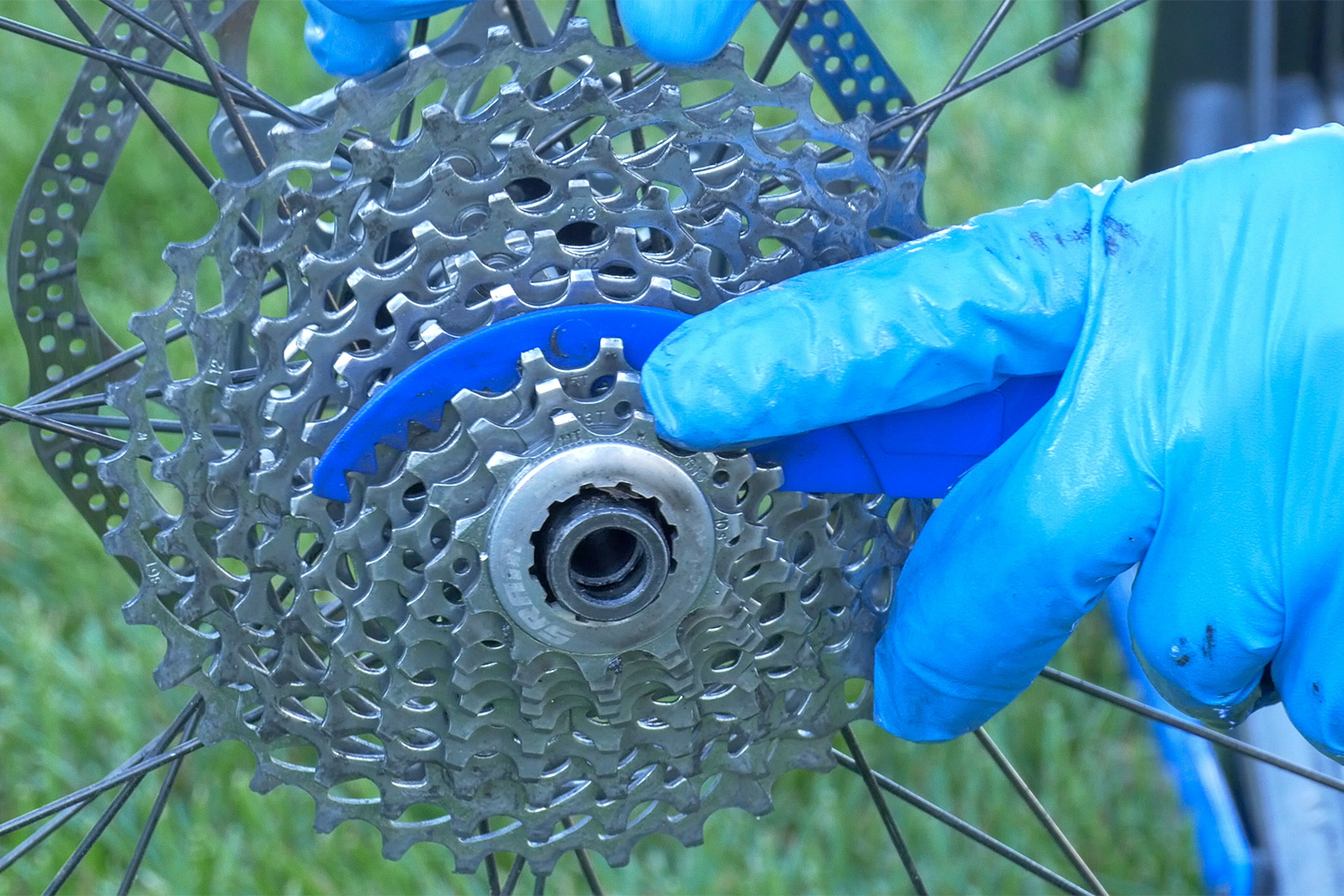
Clean the cogs with the gear brush and solvent.
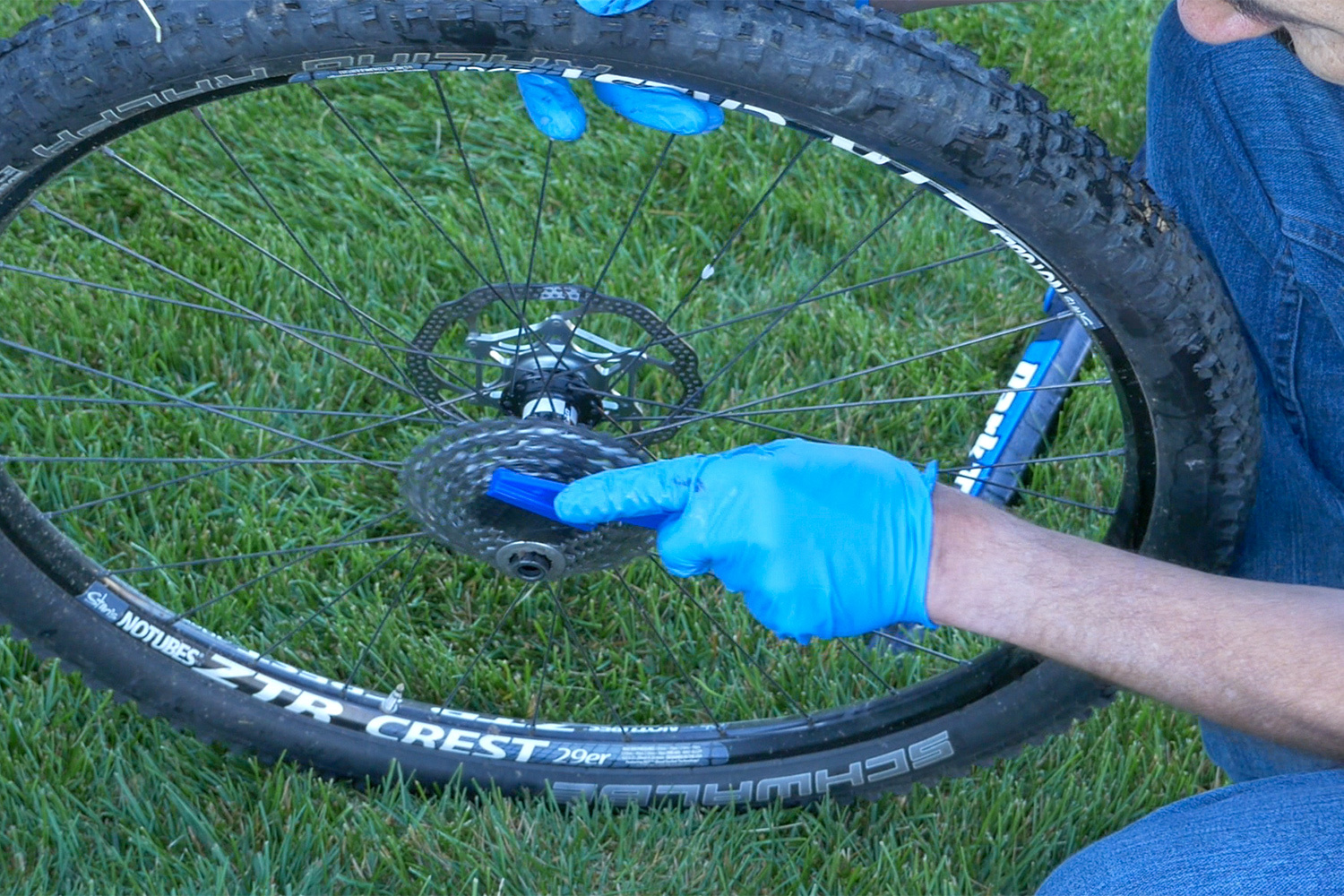
Wash the entire wheel with brushes and soapy water. Rinse.
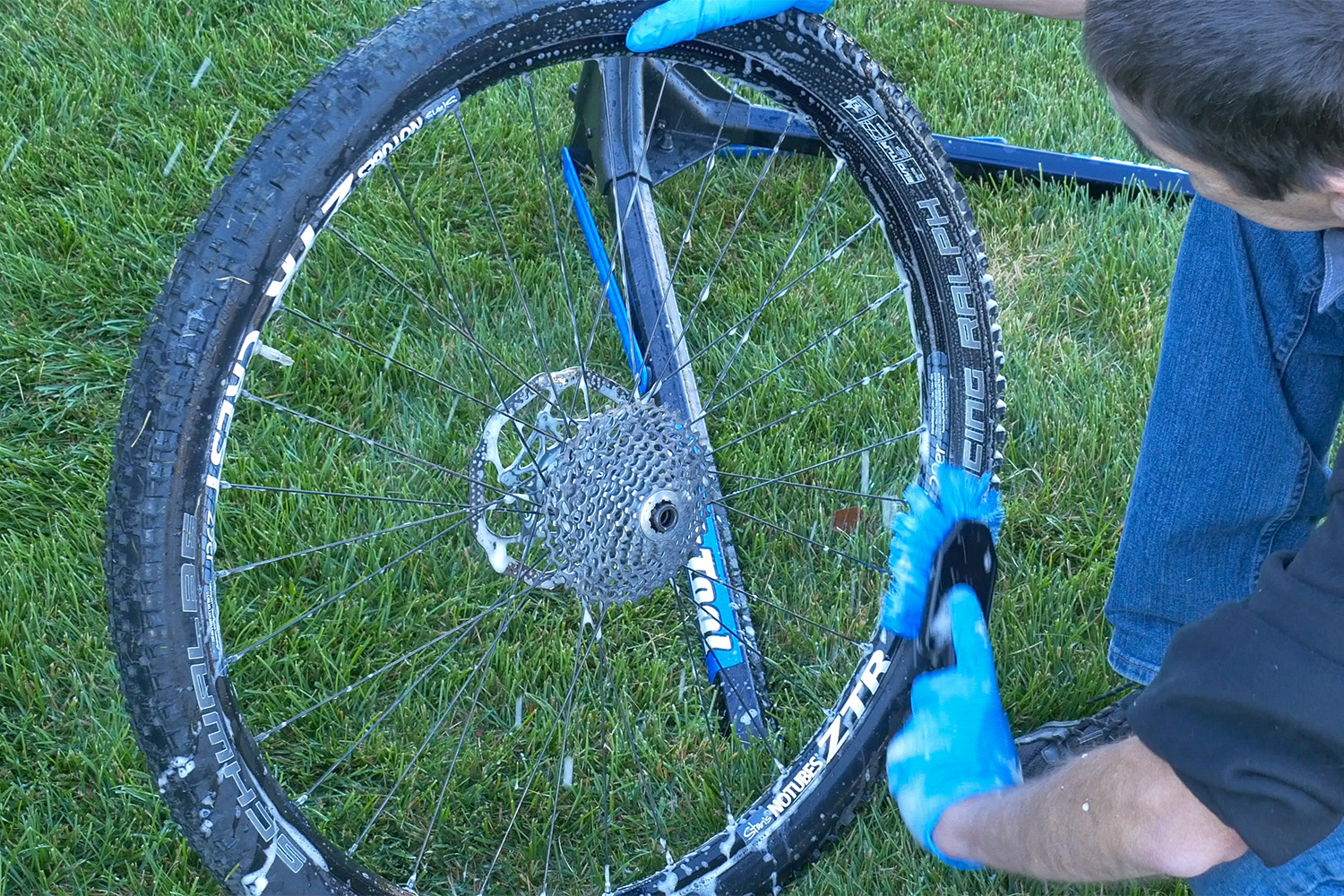
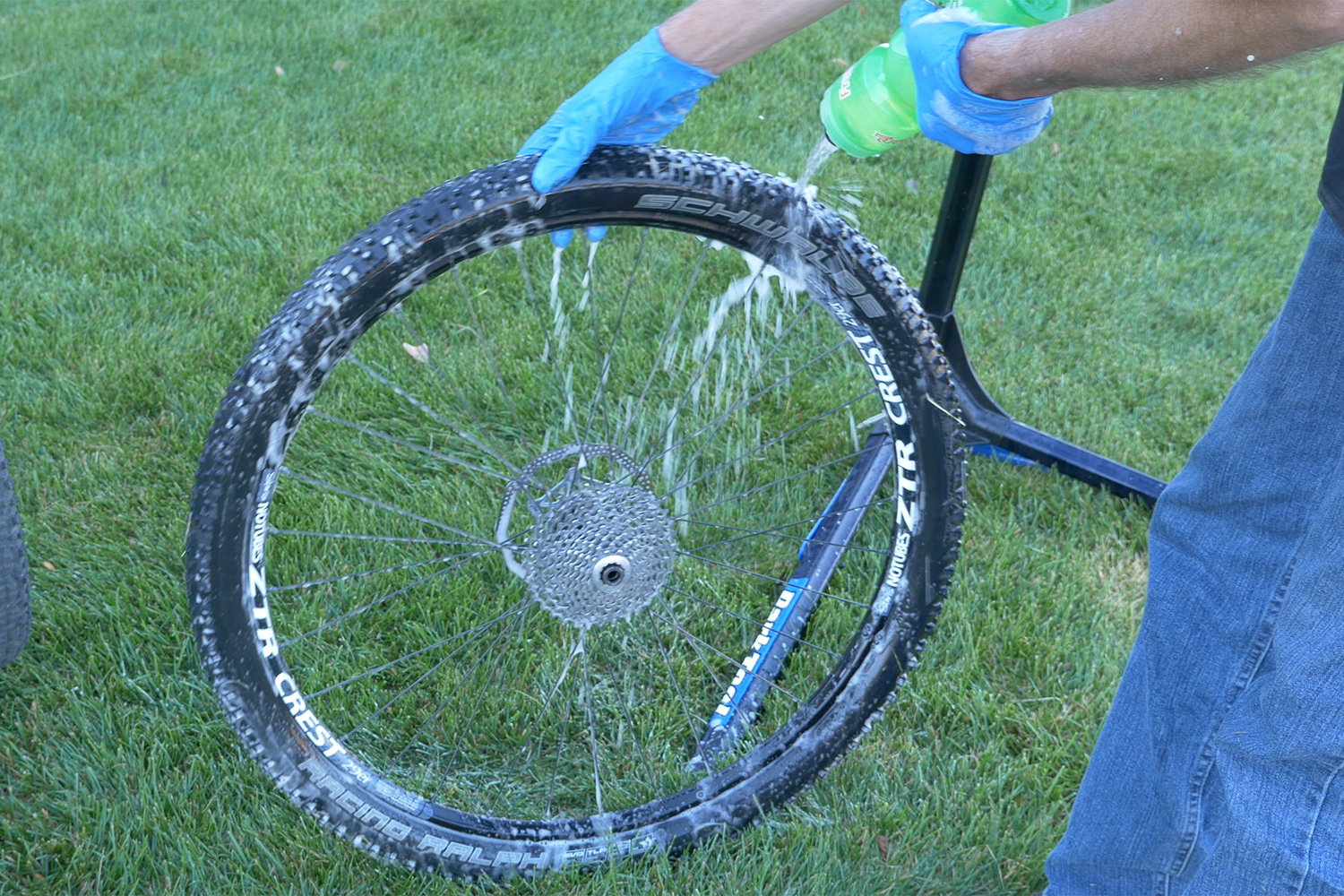
Final Steps
The chain must be re-lubricated. First run the chain through a clean, dry rag to ensure it is dry.
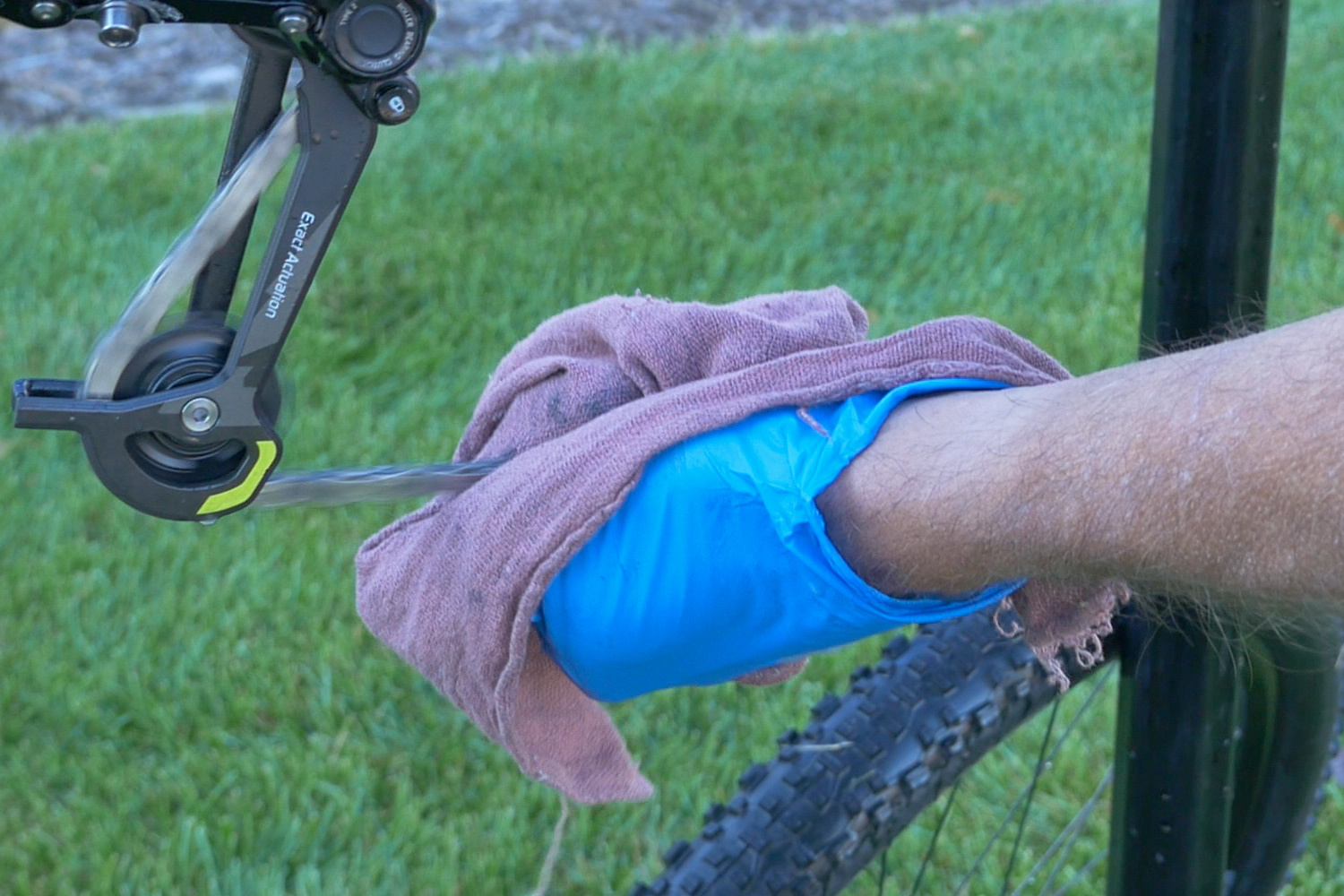
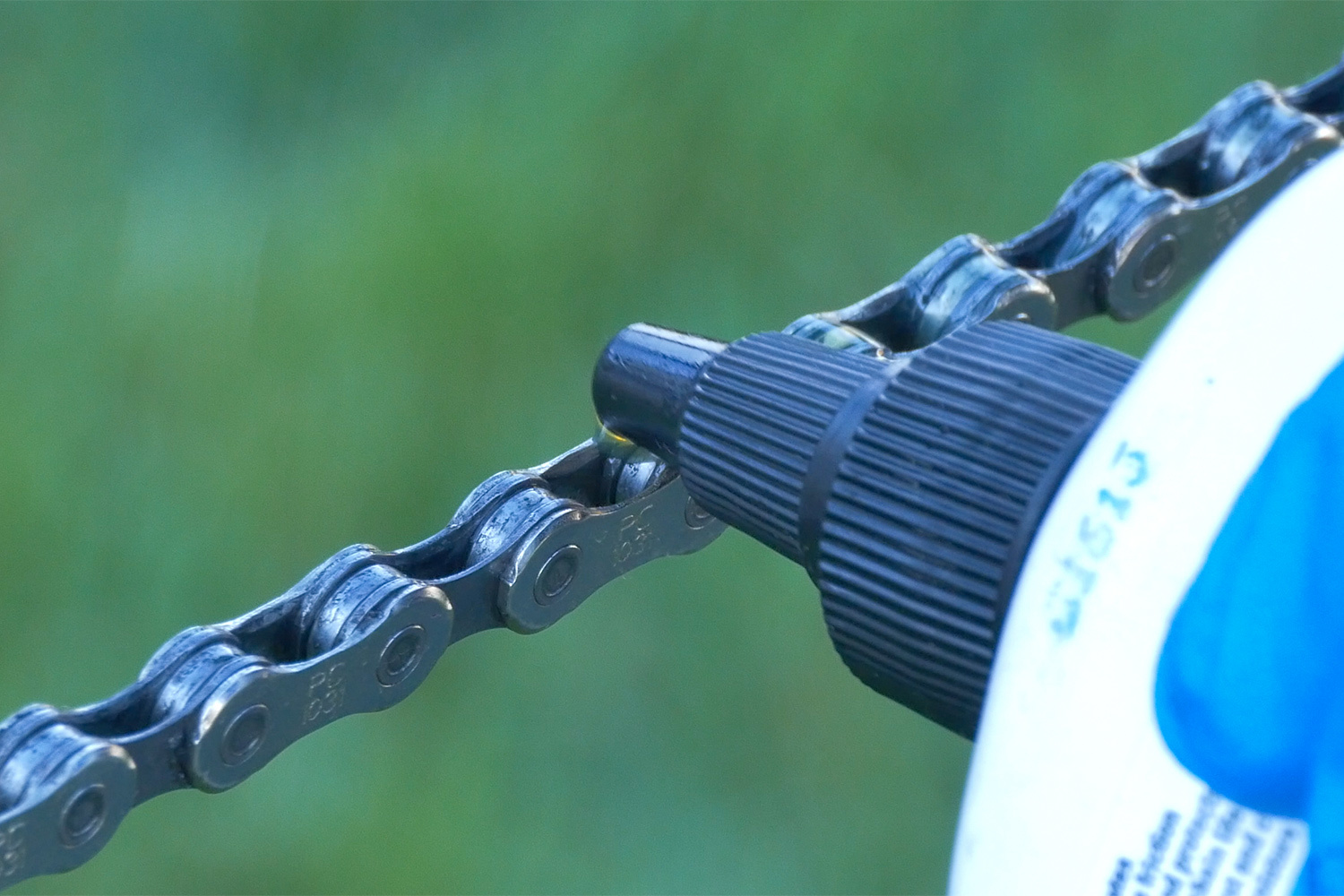
The remainder of the bike can be allowed to air dry; however, hand-drying the bike with a towel allows you to catch any soap that was not rinsed off, as well as inspect the frame and components for any needed maintenance or repairs.